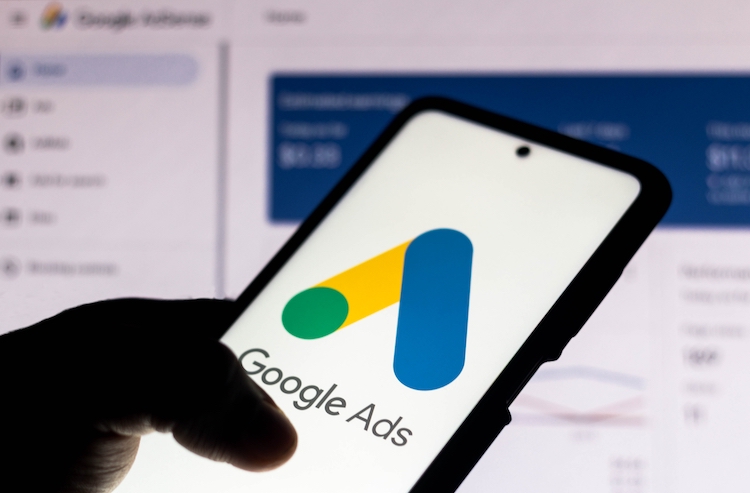Google Ads campaigns often face unavoidable fluctuations in performance. Whether you’re experiencing a decline in impressions, clicks, or conversions, these dips can significantly impact your campaign’s effectiveness and bottom line. While factors like Google’s algorithm updates and seasonal shifts may be beyond your immediate influence, having a robust recovery strategy is crucial. This article offers actionable steps to regain momentum, ensuring your campaigns not only recover but thrive.
1) Identifying the Cause of the Performance Drop
Before implementing fixes, it’s important to understand what caused the drop. Some of the most common reasons include:
- Seasonality: Consumer behavior changes throughout the year. A product that performs well during the summer might not do as well in the winter.
- Budget or Bid Changes: Reducing budgets or altering bids could cause impressions or clicks to decrease.
- Algorithm Updates: Google periodically updates its algorithms, which can affect ad placements and performance.
- Targeting or Audience Changes: Modifying your audience or targeting settings might impact results
2) Audit Your Campaign Settings
Start by reviewing the settings of your campaign. Ensure that nothing has unintentionally been changed, such as ad delivery settings, location targeting, or device targeting. Check if any recent modifications were made to your keywords list or exclusions that could limit reach. A small mistake here could result in significant performance drops. Try comparing the current campaign settings with those from when the campaign performed well. This can reveal misconfigurations.
3) Review Audience and Targeting
Effective targeting is crucial for successful Google Ads campaigns. Changes in consumer behavior might require an adjustment to your audience settings. Look for shifts in customer demographics, behavior, or search patterns. Google Ads Audience Manager can refine audience segments or retarget users who previously interacted with your ads.
4) Evaluate Your Ad Creatives
Sometimes, performance drops are linked to ad fatigue – when users see the same ad too many times, and it can lead to declining engagement. Regularly refreshing your creatives helps maintain interest. Experimenting with new copy or visuals might breathe life into the campaign. Using A/B testing to compare new creatives with existing options can identify which message resonates better with your audience.
5) Monitor Bidding Strategies
The right bidding strategy plays a critical role in campaign success. A drop in performance might mean that your current bidding approach needs adjustment. For example, switching your manual CPC to automated bidding may improve results, or vice versa, depending on your goals. Evaluate whether your bidding strategy aligns with your campaign objective (such as maximizing clicks, impressions, or conversions). Test different bidding options to find the optimal one.
6) Analyze Search Terms and Keywords
Google Ads campaigns rely heavily on effective keyword strategies. If performance dips, it’s worth revisiting your keyword list. Are they still relevant to your Audience? Are there new search terms gaining traction? Regularly use the Search Terms report to find opportunities for new keywords or to identify irrelevant searches that you can exclude using negative keywords.
7) Monitor and Optimize Landing Pages
Even if ads are performing well, poor landing page experiences can negatively impact conversions. Ensure that your landing pages are loading quickly, aligned with the ad message, and easy to navigate. Use Google’s PageSpeed Insights to access loading speed and optimize for better performance. Additionally, ensure your landing pages offer a smooth mobile experience since many users browse on mobile devices.
8) Track and Adjust Budgets
Campaign performance can also suffer from insufficient budgets. If your campaign runs out of money early in the day, you may lose out on valuable traffic. Similarly, if you reduce your budget, it might affect the volume of clicks or impressions your ads receive. Try to track daily spending and adjust budgets according to peak hours or seasonal trends.
9) Implement Routine Monitoring and Reporting
To prevent sudden drops in performance, make monitoring and reporting a habit. Set up automated reports and alerts within Google Ads to track important metrics like click-through rate (CTR), conversion rate and cost-per-click (CPC). Regular monitoring ensures that you can detect issues early and make necessary adjustments before they negatively affect your campaign significantly.
Final Google Ad Performance Tips
Google Ads performance drops are part of the digital marketing landscape, but they are manageable with the right approach. Identifying the root cause, auditing your campaigns, and optimizing targeting, creatives, and bidding strategies can help restore performance. With continuous monitoring and strategic adjustments, your campaigns can bounce back and perform better than ever. Remember that small changes can lead to big improvements over time. Stay proactive, keep testing, and don’t hesitate to experiment with new strategies.
Ready to elevate your Google Ads strategy and overcome performance challenges? Don’t navigate these complexities alone. Reach out to the seasoned Google Ads specialists at Premiere Creative today at (973) 346-8100. Let’s transform your campaigns into powerful revenue drivers!

